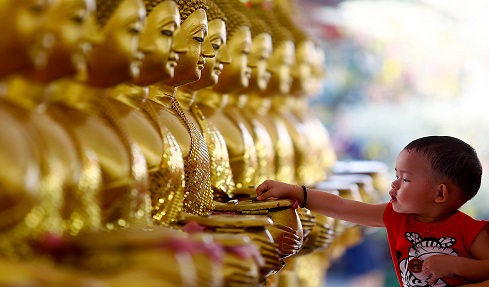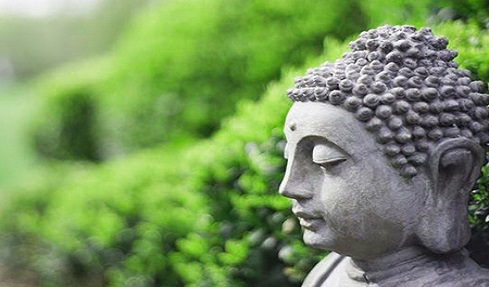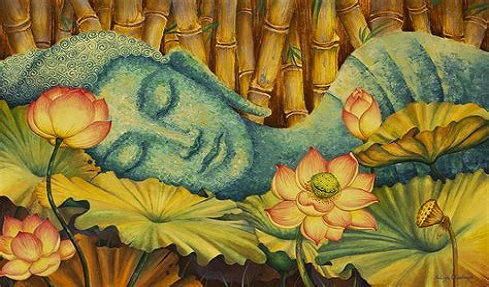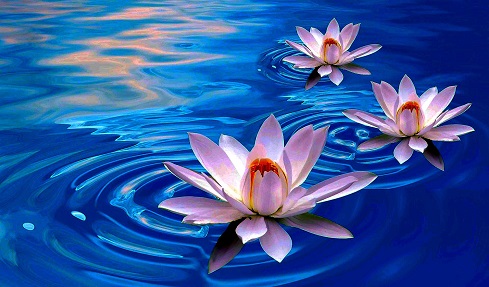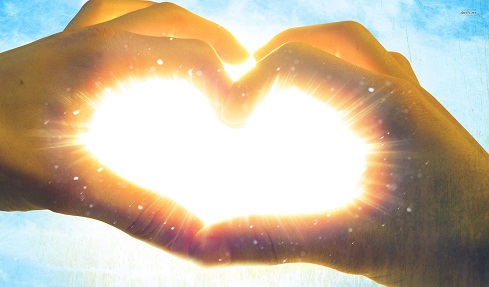All branches of Buddhism fall under Mahayana and Hinayana. There is no third vehicle (yana). To be a Hinayana practitioner, the first requisite is having unshakable renunciation—complete distaste for worldly fulfillments and whole-hearted pursuit of liberation from samsara. Do we have such resolution? If not, we would not qualify as Hinayana practitioners.
Mahayana practitioners, on the other hand, must have undaunted bodhicitta and be willing to serve the needs of others unselfishly and unconditionally. Can we do that? If not, we would not be deemed Mahayana practitioners either.
~ Depicted from THE RIGHT VIEW : The Three Supreme


